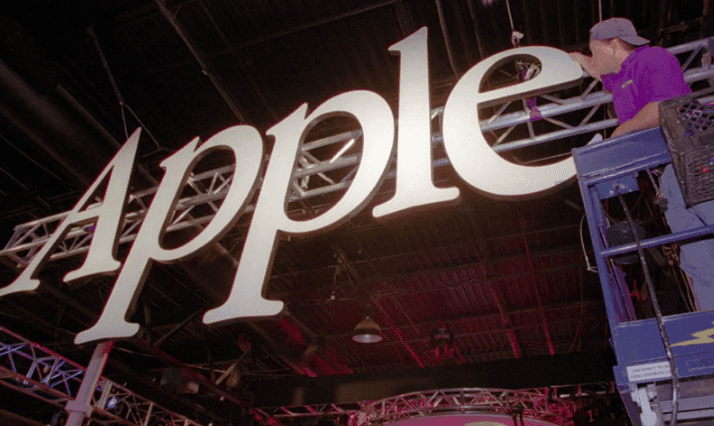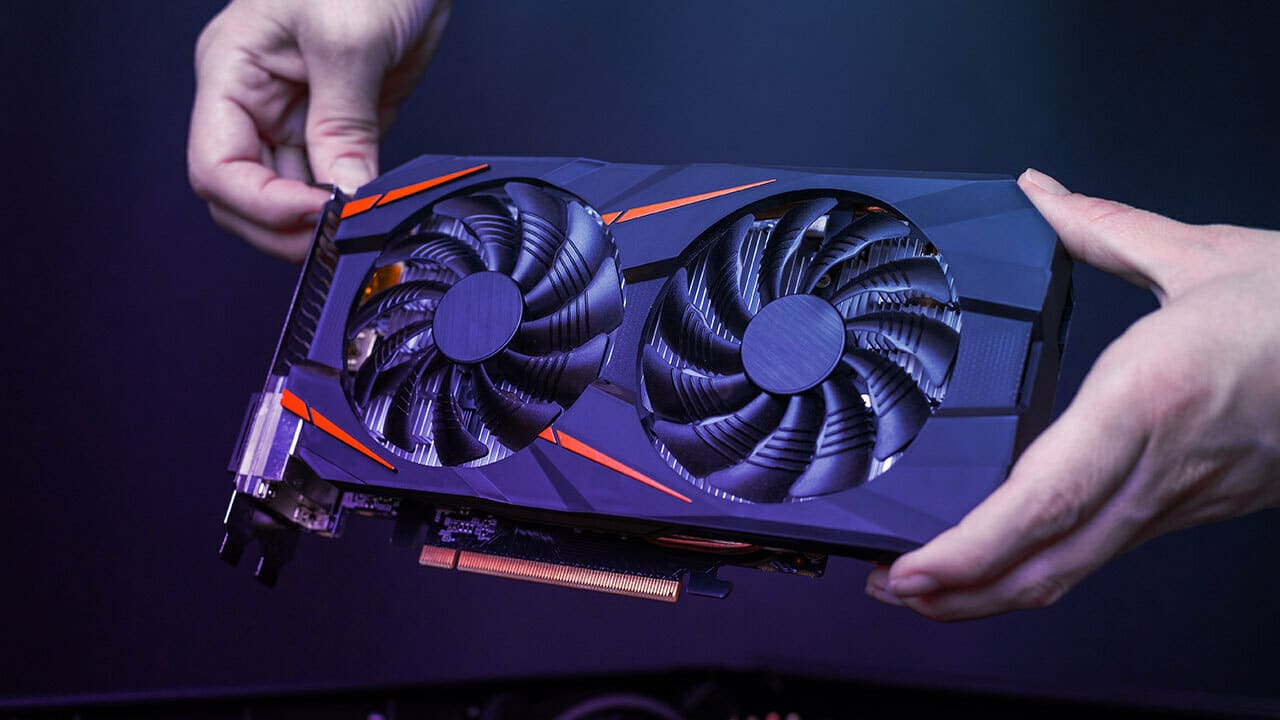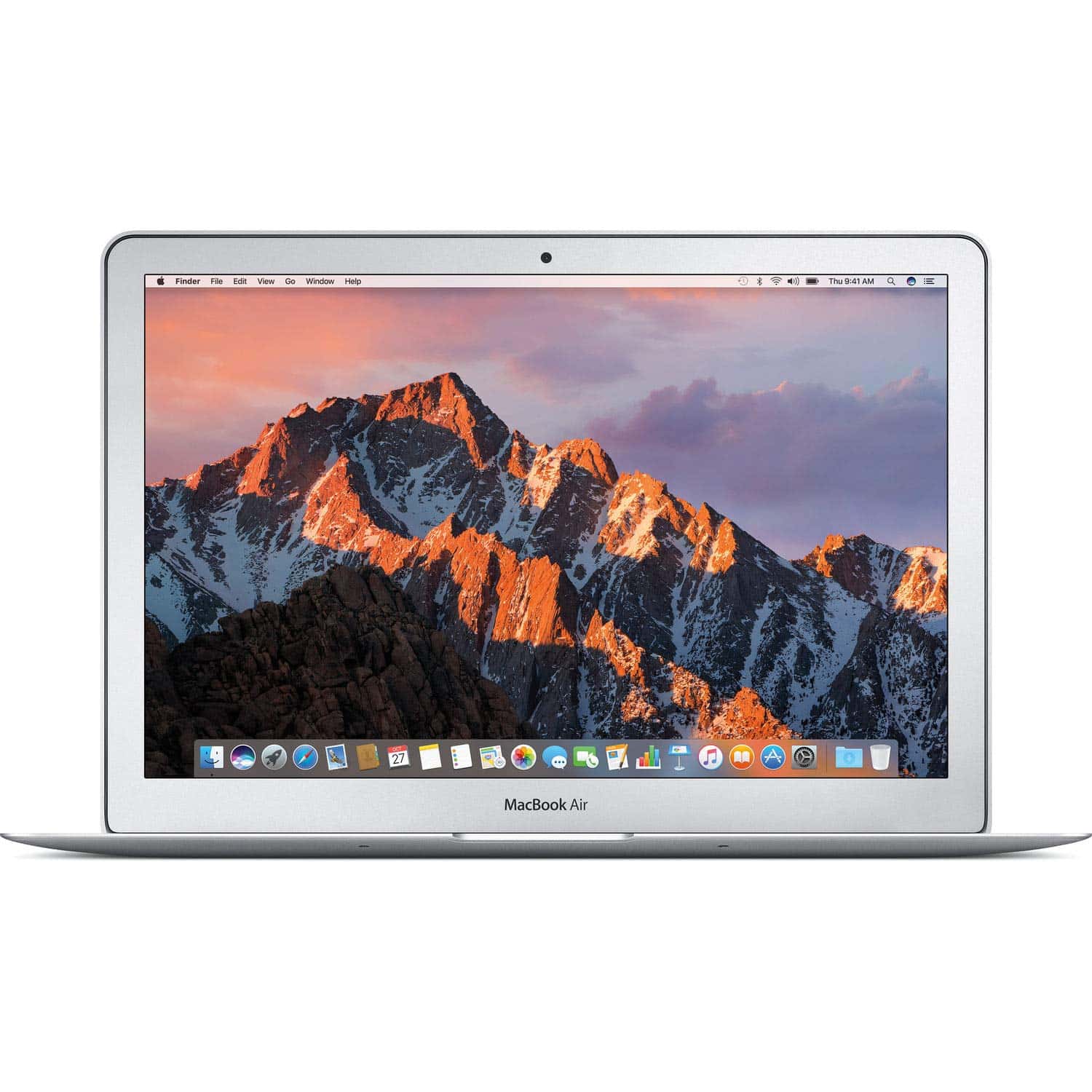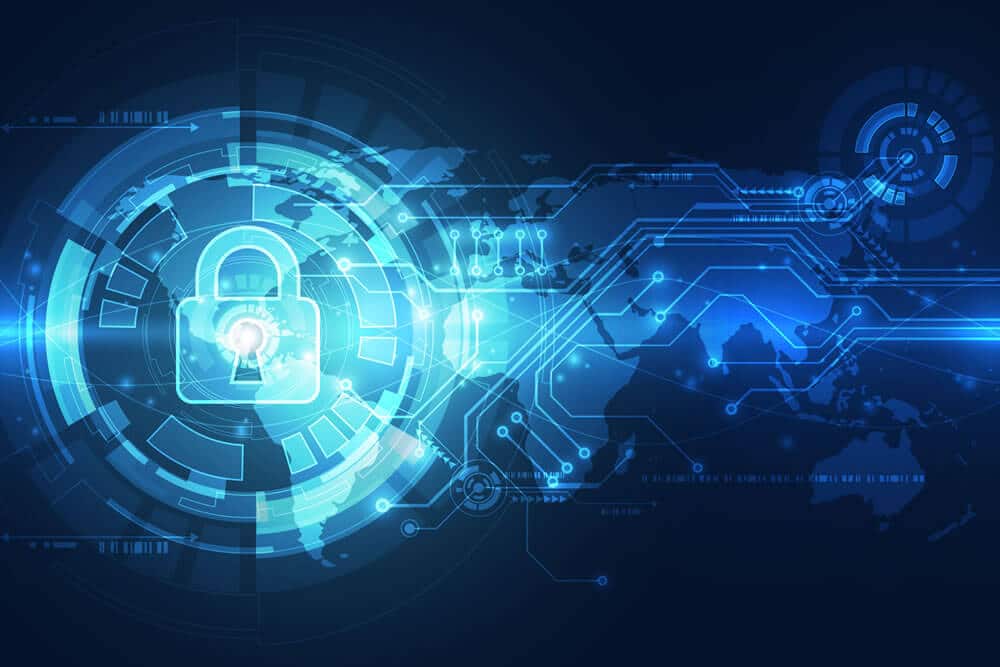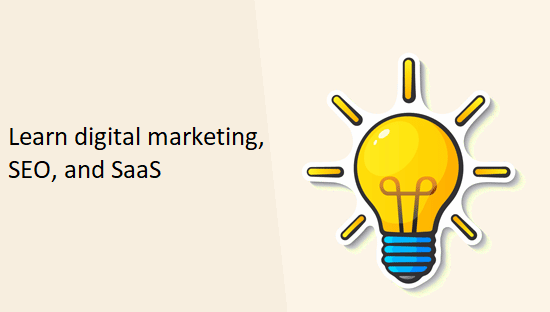What is IoT
We can simply describe it as the devices with intelligence, for example, traffic cameras that examine the streets, the congestion of traffic, accidents, conditions of weather, and the gateway for data communication. These gateways help to gain information from other sources, such as further related information, and cameras for system monitoring of city-wide traffic. And the other one is a municipal corporation that works to keep our roads neat without repairs, it may also lead to the congestion of traffic on the national highway routes. Then this information is notified to the monitoring system of city-wide traffic. We can name it smart traffic, which can identify and design the traffic patterns with high speed. They utilize machine learning, this system may analyze the situation and create the best impact. It also delivers the data for other cities which connect with similar highways through the smart system.
Become a master of IoT by going through this HKR IoT Training!
15 most important applications IoT
The given below are the 15 most important applications of IoT.
- Wearables: we have various wearable devices in the market, they are like virtual glasses, fitness bands, GPS tracking belts, etc. Many popular organizations like Google, Apple, Samsung, and others are introducing and developing IoT applications for our daily use.
- Health: The advantage of wearable, permits the doctors to observe the conditions of patients in real-time from outside the hospital.
- Traffic monitoring: IoT is very helpful in vehicular traffic management in huge cities, and it has contributed to the concept of the smart city. If we are using mobile phones as tools for data sharing from our vehicles by using applications like Waze, google maps, etc. then it means that we are utilizing the IoT to notify us of the traffic updates and conditions on various routes for the same distance, destination, arrival time, etc.
- Fleet management: The establishment of sensors in fleet vehicles is used to develop the interaction between the managers of vehicles and vehicles and also between the vehicle drivers and vehicles.
- Agriculture: Farms indeed became smart farms. The soil quality is essential to produce crops in good condition. IoT applications provide farmers the chance for detailed knowledge access and soil conditions information which is essential. By installing the IoT sensors, a sufficient quantity of data may be gained on the soil stages.
- Hospitality: For the hotel industry, the Internet of Things applications help to develop their quality of services, with the help of an electronic keys application that is delivered to every guest of mobile devices directly. This makes the possibility for different interaction automation.
- Smart grid and energy-saving: The effective use of equipped meters along with sensors and establishment of sensors in various points of strategy from various distributive points of plants. They provide the best control and electronic network monitoring, etc.
- Water supply: The incorporation and external adjustment of the sensor for water meters, attached to the internet and proper software accompaniment. It is very helpful for the collection, analysis, and data procession, which permits the consumer behavior understanding, faults identification in services of supply, results of the report, and course action providing for action providing of company services as it provides the possibility for final consumers in the tracking of their information consumption, by the real-time web pages.
- Maintenance management: Maintenance management is the place where the Internet of Things applications are used very extensively. By using this combination of EAM maintenance management and sensors, various functional tools are gained, which helps to apply the disciplines’ multiplicity and practices. One of its aims is the useful life extension of physical assets during the availability and asset reliability of guaranteeing.
- Smart home: By using the various applications of IoT, we can make our home a smart home. In this smart home, we have different facilities like we can switch on our home appliances before reaching home, at the same time we can also switch off our home appliances when we leave home in a hurry.
- Connected cars: Digital technology automation concentrates on the internal function of vehicle optimization, mainly their focus on experiencing them in cars. These cars are a kind of vehicle that may optimize their operations, passengers’ comfort, maintenance with the help of internal connectivity and sensors. Large startups are happening on car solutions connectivity, various popular brands such as BMW, Apple, Google, Tesla already begin their experiments on the upcoming automobile revolution.
- Industrial internet: The use of IoT applications is the latest trend in the industrial sector and is also considered the industrial internet of things. It is developing the engineers of the industry by sensors, analytics of big data, and software for the best machines designing. The Internet of Things maintains the capacity for sustainability and quality management. These applications of IoT help for goods tracking, information exchange in real-time. This has happened among the retailers and suppliers which develops the efficiency of the supply chain.
- Smart cities: It is one of the essential applications of the Internet of Things that creates interest all over the world. IoT provides various applications for smart cities. They are like technical surveillance, transport automation, smart systems for energy management, distribution of water, urban security, monitoring of the environment, etc. by using these applications of IoT, we can resolve various problems of people such as congestion of traffic, pollution, and energy suppliers shortage.
- Smart retail: The applications of the Internet of things plays a crucial role in the sector of retail. It offers a chance for retailers in customer interaction to develop the experiences of in-store. Mobiles works as tools for retailers to interact with their customers randomly when they are out of the shop. Retailers are permitted to track the path of their customers with a store and develop the layout of stores by providing required products in high traffic areas.
- Security: Security not only works as a benefit for IoT applications but also gives us some challenges. Because its systems are communicated with networks and interconnected, they provide only some control instead of entire measures of security. This may result in causing different types of problems in the network.Smart grid: Now, the concept of the smart grid has been demanded all over the world, in the future, these power grids need not only be smart but also need to be highly reliable. The main purpose behind this concept of the smart grid is data collection, fashion automation, behavior analysis, Consumers of electricity, electricity suppliers to develop their ability and economics for the utilization of electricity. These power grids have the capacity of identifying the power outage sources with high speed, at the household level of individuals such as solar panels to make distributive energy systems as possible.
Advantages of IoT
IoT applications benefit us in various ways in our daily life. The given below are some of its advantages.
- Utilization of efficient resources: we can use the resource efficiently and manage it as per our requirement, only when we have a complete idea of its functionality and its process of that device working. That develops the utilization of resources efficiently.
- Human efforts minimization: The applications of IoT communicate and interact with each of them. It does various actions for all of us, with that the human efforts are minimized.
- Time-saving: As mentioned above, it minimizes human efforts. This process saves us a lot of time. This feature of time-saving is one of the best advantages we gain through IoT applications.
Disadvantages of IoT
As we gain various advantages with the applications of IoT, at the same time, it also has some disadvantages that make us face some challenges. The following are some disadvantages of IoT applications.
- Security: Security not only works as a benefit for IoT applications but also gives us some challenges. Because its systems are communicated with networks and interconnected, they provide only some control instead of entire measures of security. This may result in causing different types of problems in the network.Smart grid: Now, the concept of the smart grid has been demanded all over the world, in the future, these power grids need not only be smart but also need to be highly reliable. The main purpose behind this concept of the smart grid is data collection, fashion automation, behavior analysis, Consumers of electricity, electricity suppliers to develop their ability and economics for the utilization of electricity. These power grids have the capacity of identifying the power outage sources with high speed, at the household level of individuals such as solar panels to make distributive energy systems as possible.
- Embedded system hardware
The embedded systems of IoT work as a kind of microprocessor and microcontroller. They include integrated circuits. The family microcontroller of RISC is an important part of these embedded systems. They are like Atmel 8051, PIC 16f84, Motorola 68HC11, etc. 8085 is another essential part that differentiates microprocessors from microcontrollers. It is nothing but their writable memory and internal read. The following diagram displays the components of the important embedded devices and the architecture of their system.
Conclusion
There is no need to go anywhere or no need for a special example. We can take our mobile as the best example. When we observe our mobile device, we can find various apps, such as mobile gyroscope, GPS tracking, Face detection, adaptive brightness, face detection, voice detection, and many others. To define IoT, we can say it as everyday connected things embedded with sensors, electronics, and software to enable the internet for data exchanging and collection without interacting with humans. That much important the IoT applications in the present generation, so we need to consider it as one of the important things that we have to know with the help of IoT training and courses. Our HKR experts designed a wonderful course on IoT applications, and we are providing IoT applications training for those who require learning the latest skills.


